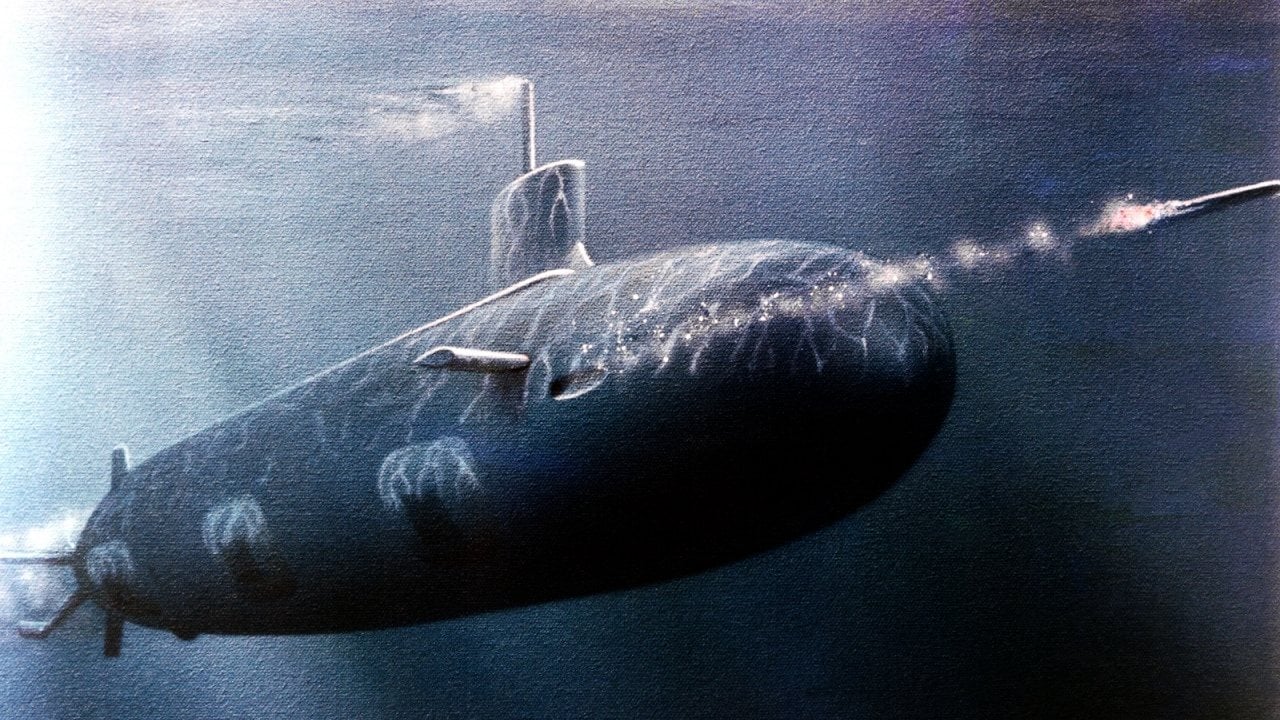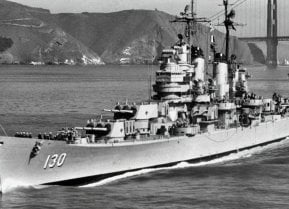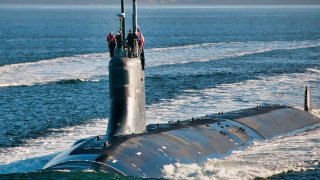USS Jimmy Carter: The Navy's One Of a Kind Stealth Seawolf-Class Submarine
The U.S. Navy is exploring modifications to its Virginia-class submarines to enhance seabed warfare capabilities. This comes as underwater infrastructure, such as cables and pipelines, faces increased threats, highlighted by last year's Nord Stream pipeline sabotage.
Summary and Key Points: The U.S. Navy is exploring modifications to its Virginia-class submarines to enhance seabed warfare capabilities. This comes as underwater infrastructure, such as cables and pipelines, faces increased threats, highlighted by last year's Nord Stream pipeline sabotage.
-Currently, the USS Jimmy Carter, a highly modified Seawolf-class submarine, performs such specialized tasks, equipped with unique features like the "Multi-Mission Platform" for special operations and seabed missions.
-While the Virginia-class Block V variant may introduce advanced seabed capabilities, the Jimmy Carter remains a critical asset in safeguarding underwater infrastructure and conducting covert operations.
Meet the USS Jimmy Carter
A report published by The Drive indicates that a modified Virginia-class submarine variant capable of carrying out seabed warfare might be in the midst. Over the last decade or so, underwater cables, infrastructure and other networks have grown exponentially. Considering seabed attacks are very challenging to defend against, the potential for attacks under water pose a significant threat. In September of last year, a series of bombings and subsequent gas leaks damaged the Nord Stream 1 and 2 natural gas pipelines in the Baltic Sea. This sabotage and the consequences surrounding it highlight the role seabed warfare may play in future conflicts.
While a specially modified Block V Virginia-class submarine aimed at defending U.S. underwater infrastructure would provide an instrumental asset to the Navy, the service already sails an SSN built for these types of tasks. The USS Jimmy Carter is a highly modified variant of the formidable Seawolf class of submarines.
A brief history of the Seawolf-class
During the height of the Cold War, America and the former-USSR were embroiled in a grueling arms race. Both nations were working hard to achieve Naval superiority over the other. In an effort to contend with the Soviet’s ballistic missile and attack submarines, including the Typhoon-class and the Akula-class, U.S. engineers designed the Seawolf SSNs. The Seawolf vessels were developed to replace the aging Los Angeles-class submarines, which were less advanced than its Soviet counterpart in terms of acoustic strength. By the late 1980’s, the Navy began constructing its new class of submarines in hopes of restoring its edge over the Soviets.
Production time on the Seawolf was lengthy, and by the time the new submarine was commissioned in 1997 the geopolitical landscape had altered quite a bit. For this reason, the number of Seawolf boats expected to be built decreased from 29 to just 12. The ship’s whopping price tag of over $3 billion per vessel also hindered additional submarines from being constructed. Ultimately, only three Seawolf-class submarines were ever launched.

The USS Seawolf (SSN-21) was the first vessel in the class to be constructed. Built by the Electric Boat Division of General Dynamics and Newport News Shipbuilding, the new submarine was officially launched in 1995.
During the boat’s trial period, the Seawolf proved to achieve unprecedented speed. Three years later, the Connecticut (SSN-22) was commissioned and followed closely by the Jimmy Carter (SSN-23) in 2004.
Specs and capabilities
Designed to destroy Soviet ballistic missile submarines before they could locate and target U.S. cities and military installations, the Seawolf-class SSNs immediately became the mainstay of the Navy’s underwater arsenal. The new submarines were equipped with a modular design that enabled future upgrades such as ordnance development of sonar systems to be easily incorporated. Two turbines rated 52,000 hp, a single shaft, a pumpjet propulsor and a GE PWR S6W reactor helped make the Seawolf-class vessels so powerful.
All vessels were constructed out of high-strength steel to enable the ships to dive as deep as 490 meters beneath the sea-level. Additionally, the SSNs hosted a S6W pressurized water reactor which allowed the subs to travel at a maximum speed of 40 miles per hour.
Weapons-wise, all three Seawolf-class vessels could pack a punch. An eight-tube, double-deck torpedo room allowed the vessels to engage multiple targets simultaneously. In comparison, the class’ Los Angeles predecessors could only sport half this number of torpedo tubes. The three Seawolf vessels have recently undergone facelifts and now feature a Lockheed Martin AN/BQQ-10 (V4) sonar processing system.
What makes the USS Jimmy Carter special?
While all three Seawolf-class submarines are sophisticated vessels, the USS Jimmy Carter hosts several modifications differentiating it from its peers. In fact, the Jimmy Carter’s capabilities are so unique that some industry experts consider it to be its own class of submarines.
Due to the ship’s “Multi-Mission Platform,” the Jimmy Carter is around 100 feet longer than the USS Connecticut and USS Seawolf counterparts. This platform allows the vessel to engage in special operations, including the deployment of Navy SEALS or seabed missions. According to Popular Mechanics, “Because of the USS Jimmy Carter’s advanced stealth and unique troop-deployment bay, it is considered the most dangerous submarine currently carrying out missions.”
Although a new Virginia-class Block V variant could feature more advanced seabed capabilities, the USS Jimmy Carter’s unique operations over the years should not be discounted.
About the Author: Defense Expert Maya Carlin
Maya Carlin is an analyst with the Center for Security Policy and a former Anna Sobol Levy Fellow at IDC Herzliya in Israel. She has by-lines in many publications, including The National Interest, Jerusalem Post, and Times of Israel. You can follow her on Twitter: @MayaCarlin.
Image Credit: Creative Commons.


